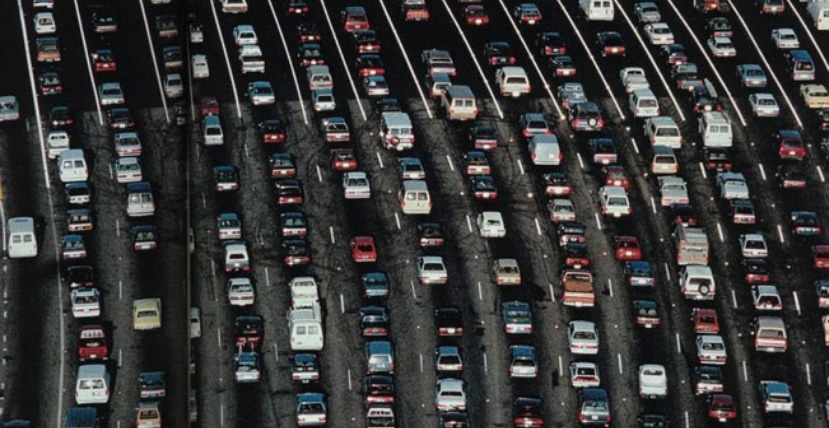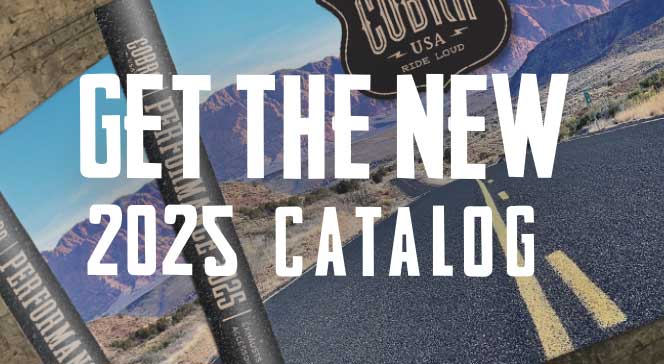Select your Bike >
- FLSTFB - Fat Boy Low
- FLSL - Softail Slim
- FLHC - Heritage Softail
- FLSTN - Softail Deluxe
- FLSB - Sport Glide
- FLST - Heritage Softail
- FXLRS Low Rider S
- FXCWC - Rocker C
- FXSTD - Softail Deuce
- FXLR - Lowrider
- FLS - Softail Slim
- FXDR
- FXLRST - Low Rider ST
- FLSTF - Fat Boy
- FLSTSC - Softail Springer Classic
- FLSTC - Heritage Softail Classic
- FXS - Blackline
- FXCW - Rocker
- FLHCS - Heritage Softail S
- FXSTC - Softail Custom
- FXSTB - Night Train
- FLSTSB - Crossbones
- FLSTS - Heritage Springer
- FLFB - Fat Boy
- FLDE - Softail Deluxe
- FXST - Softail Standard-M8
- FXST - Softail Standard
- FXBRS - Breakout S
- FLSTFBS-Fat Boy S
- FXBR - Breakout
- FXFBS - Fat Bob S
- FXFB - Fat Bob
- FXSE - Breakout CVO
- FXBB - Street Bob
- FXSTS - Springer Softail
- FXSB - Breakout
- FLSTSE - Softail CVO
- FLFBS - Fat Boy S
- FLSS - Softail Slim S
- FLTRU - Road Glide Ultra
- FLHTKSE - CVO Limited
- FLHTP - Police Bike
- FLHX - Street Glide
- Road Glide ST
- FLHTC - Electra Glide Classic
- FLHTKL - Ultra Limited Low
- FLHXSE - CVO Street Glide
- FLHTK - Ultra Limited
- FLTRXS - Road Glide Special
- FLTR - Road Glide
- FLHR - Road King
- FLTRX - Road Glide Custom
- FLHRXS - Road King Special
- FLHXS - Street Glide Special
- FLHT - Electra Glide Standard
- FLHRS - Road King Custom
- FLHTCU - Electra Glide Ultra Classic
- FLHRC - Road King Classic
- Street Glide ST
- FLHTK - Electra Glide Ultra Limited
- FLTRUSE - CVO Road Glide
The Two-Second Rule
One of the cool things about riding bikes is that while you are in the saddle there is the likelihood you will think of yourself as part of nature. Out there away from it all is a good feeling and it is why a majority of riders become so impassioned about their experience of two-wheel travel.
But the reality is that not all of our riding is done in the open country. Indeed, much of it is done within the boundaries of towns or big cities. There's not a lot of nature in a congested metropolis, Interstate or freeway.
When riding in an urban environment we face a never-ending stream of cars and big rigs on the freeways. I try not to use the word "safe" when pontificating about urban bike adventures. But one of the better ways to increase significantly your chances of survival during the freeway grand prix is a tip gleaned from a pair of California Highway Patrol officers.
It's called the "two-second rule."
The rule is simple: when traveling at freeway speeds (60-75) keep yourself and bike at least two seconds behind the car in front of you. I know, two seconds does not sound like a lot, but using the two-second rule can make a big difference in your ability to avoid a mishap. If you and the car in front are rolling at 60-mph you both will cover 176 feet, or nearly 60 yards--more than half a football field--in those two seconds. When cruising at highway speeds, two seconds of spacing will give you enough room to out-brake the cage drivers ahead allowing you the opportunity to decide to go left or right or stay in your lane. Having a choice during these situations is usually a good thing.
Obviously you don't want to over do it by doing a two second count continuously. I've found it easiest to visually pick out a light pole or some other marker along the road and then count "1-2" or better yet, think to yourself "One thousand one-1000 two" from the time the car in front passes your marker.
As for me, I've also found it best to do the two-second thing once about every 15 seconds. With just a little practice, the two-second rule is easy and it can be a very effective tool in the ongoing battle of bikes verses cages.
Here"s a handy formula for figuring out how many feet per second you're traveling at a given mile per hour. Oh, one word of advice: do this at home before you head out on your ride.
First multiply the speed in miles per hour by 5280 feet per mile (i.e. 60 mph is 316,800 feet per hour)
Next divide the speed in feet per hour by 3,600 seconds per hour (316,800 is 88 feet per second). Using the two-second rule, that would give you 176 feet of distance between you and the vehicle in front of you. (Divide that by three to get a yardage figure and you can see you're about 60 yards back.)
EXHAUSTS
- Limited Lifetime Warranty
- Dragsters
- Streetrods
- Slip-on Mufflers
- 2-into-1 Systems
- Speedsters
ACCESSORIES
- Floorboards
- PowrFlo Air Intake System
- Sissy Bar Inserts / Pads
- Freeway Bars / Case Guards
- Sissy Bars / Luggage Racks
FUEL MANAGEMENT
- Fi2000R
- Fi2000 ARB
- Fi2000R 02
- PowrPro Black
© 2025 Cobra USA. Inc. All Rights Reserved. Terms of Use | Privacy Policy
The following are all trademarks of The Harley-Davidson® Motor Company, Milwaukee, WI, U.S.A. Street 750, V-Rod, Sportster, Super Low, Iron 883, Roadster, Forty-Eight, Seventy-Two, Dyna, Street Bob, Low Rider, Fat Bob, Wide Glide, Switchback, Softail, Breakout, Fat Boy, Slim, Deuce, Freewheeler, Tri-Glide, Road King, Electra Glide, Ultra Classic, Street Glide, Road Glide, HDMC, Screamin Eagle, H-D.
Emissions Notice
The state of California considers aftermarket exhaust systems to be legal replacement parts for non-catalyst equipped motorcycles and/or if slip-on mufflers are installed downstream of the OEM catalysts.
California does not allow the use of aftermarket systems that remove original equipment catalysts, (except for racing use only) unless the Air Resources Board has issued an Executive Order for that system.
For California riders we offer Air Resources Board approved Fi2000 R ARB units. (ARB E.O. No. D-633-1). All other Fi2000 models are not legal for street use in California.



